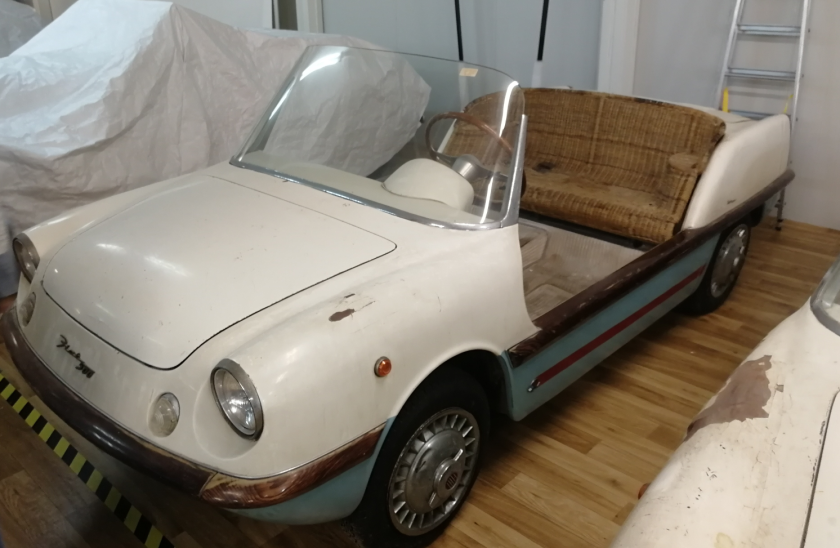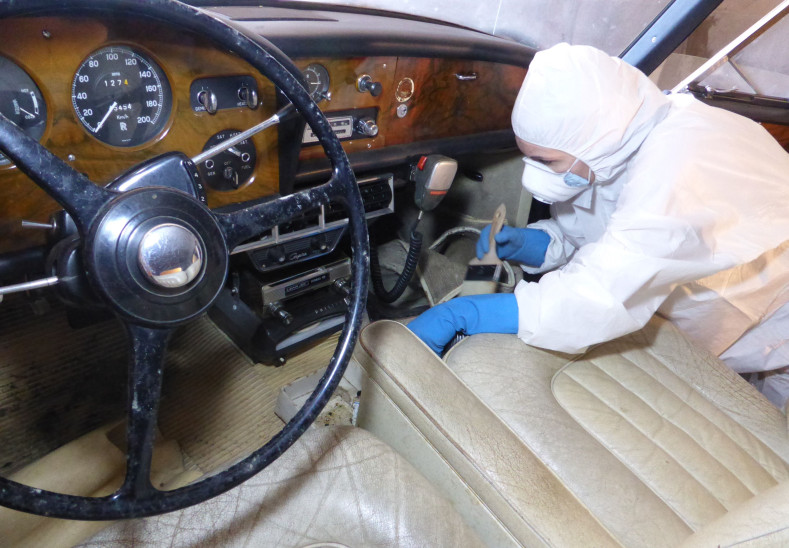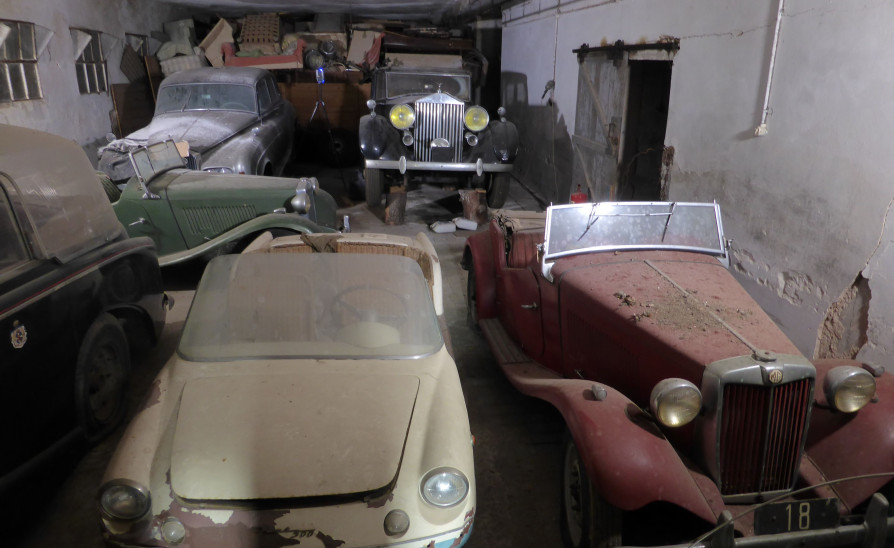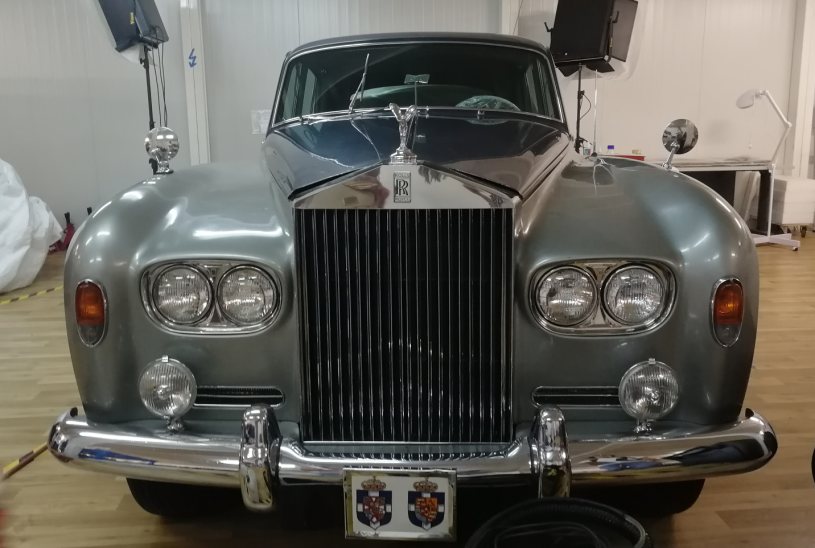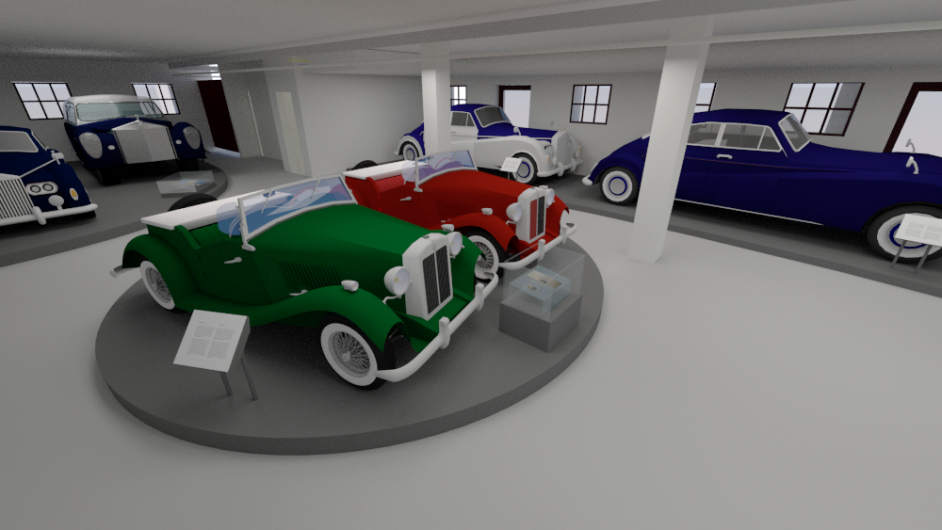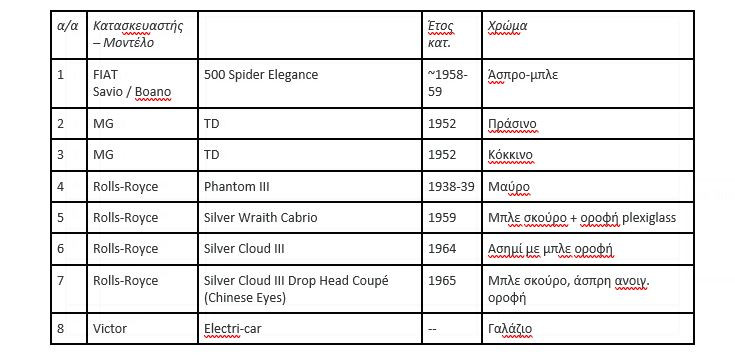The Museum in the Neo Voustasi building is intended to house the exhibitions on the Estate’s Agricultural Production and Royal Cars
The Neo Voustasi building in the former royal estate of Tatoi is being converted into a bi-thematic Museum. The Museum is intended to house the permanent exhibitions on the Estate’s Livestock Production and Royal Cars. The project of restoring the building and its reuse is part of the Recovery and Resilience Fund. It follows the principles of the sustainability study of the estate and is progressing within the approved schedule with a 2025 completion horizon.
The construction of the New Voustasio began in September 1950 and the building was inaugurated in August 1952. It replaced the old Voustasio to cover, at that time, the needs of the growing agricultural production of the estate. Neo Voustasio was the most modern for its time, at a time when the management of the estate relied heavily on the development of dairy farming in order to make up for some of the shortfall in revenue due to the destruction of the forest in 1945.
The total area of the building is approximately 1500 sq.m. and develops in a P shape, having a central, two-storied wing with a gabled roof and two side wings, of lower height with gabled roofs. The lower level housed about 100 cattle with the feeders and other equipment, which is preserved to this day. The upper level of the middle section was used as a place to store and prepare the food, which was channeled through suitable channels to the lower level.
The Minister of Culture, Lina Mendoni, said: “The project of converting the New Voustasi into a bi-thematic Museum tries to show that, despite the changes of use that took place in the estate, depending on the period of the reign, the principles that seemed to govern the use his was environmental protection and the circular economy. The current image of the estate is largely due to the initiatives that were implemented especially during the reigns of George I and Paul, as based on the sources, it appears that during these two periods of the estate’s history, agricultural production was developed. There was a concerted effort at systematic management with the intention of being a model. The existing natural resources (vegetation, soil, subsoil, water), natural capital were exploited, as infrastructure, equipment and service networks were created, a work system and a small society of workers were formed, and ways were planned for the business development of the estate. The conversion of Neoi Voustasi into a Museum is part of the ongoing program of the Ministry of Culture for the museum promotion of selected historical buildings in the former royal estate, with evidence that has been identified and saved in the Tatoi sites. The completion of the projects by the relevant Departments of the Ministry of Culture is expected to offer visitors a multi-thematic museum experience, framed by a variety of activities, in a restored natural environment.
Our goal is to restore the monument building, the works of which are in progress, and to reuse it by creating a museum space that offers a comprehensive visit experience, to different categories of public, highlighting the various aspects of agricultural production. At the same time, the building is suitable for hosting the exhibition of royal cars, which have also been declared monuments. Given these, the promotion of Neo Voustasi has independent value as a presentation of a model – for the data of the time – of agricultural and livestock production which gives priority to the traditional way of cultivation, which respects nature. The organization of the vehicle exhibition, on the other hand, allows the highlighting of the car-monuments that were used in the last phase of the reign in Greece, which present a particular aesthetic, economic and technological value. The exhibitions have a strong educational and entertaining character. Special care has been taken to make the Museum fully accessible.”
The two permanent exhibitions will be hosted in the Neo Voustasiou building. The mission of the Museum, which is located at the heart of the production-exhibition unit of the estate, is the highlighting of the agricultural and livestock model of entrepreneurship, the connection with the international, national and local history related to the estate, the highlighting of the historical and technological value of cars of the royal family, as some of them are limited production models, while most were used in the public appearances and functions of the representatives of the royal institution.
The Exhibition of Agricultural Production is located in the north and east wings of the building, while the Exhibition of Royal Cars is in the west wing. In the agricultural and livestock exhibition section, evidence of the agricultural and livestock production of the estate will be exhibited, with separate sections for the dairy production exhibition. Also, the equipment found in Voustasio and related to the agricultural production of oil and wine will be preserved and displayed. The exhibition equipment is simple, with clean geometry and clear aesthetic differentiation from the shell, typologically homogeneous and grouped, depending on the use it is called to serve, while its arrangement in the space is independent of its geometry and structural elements.
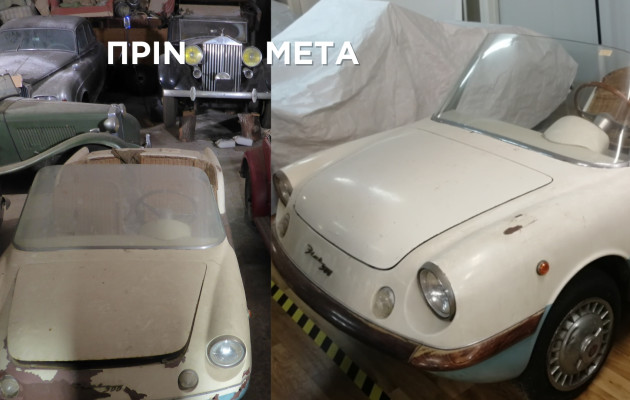
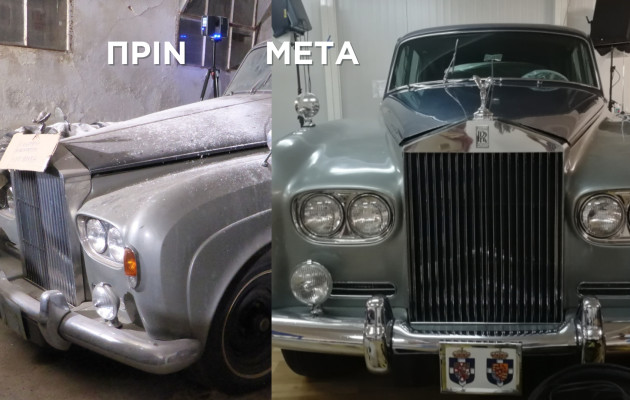
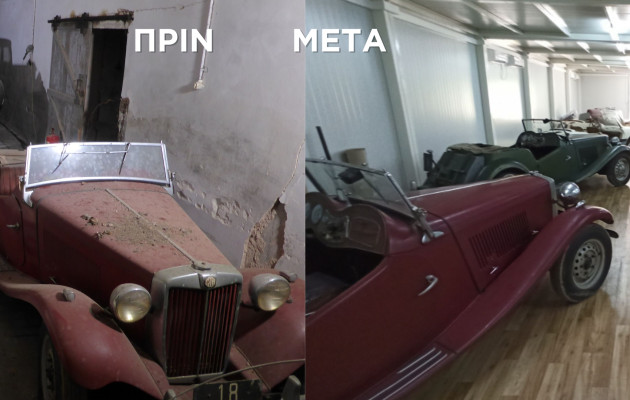
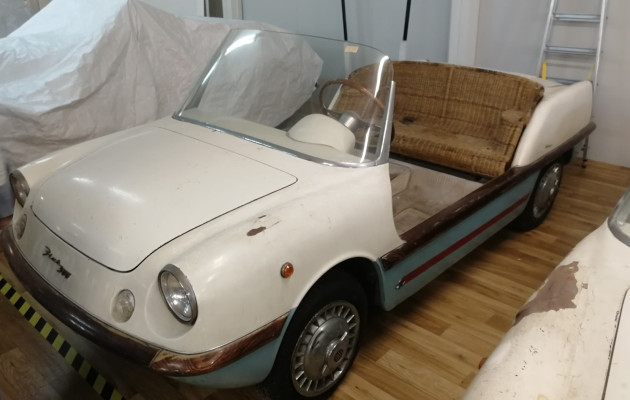
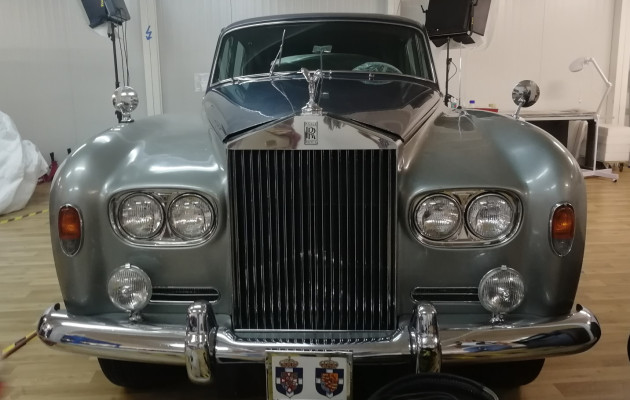
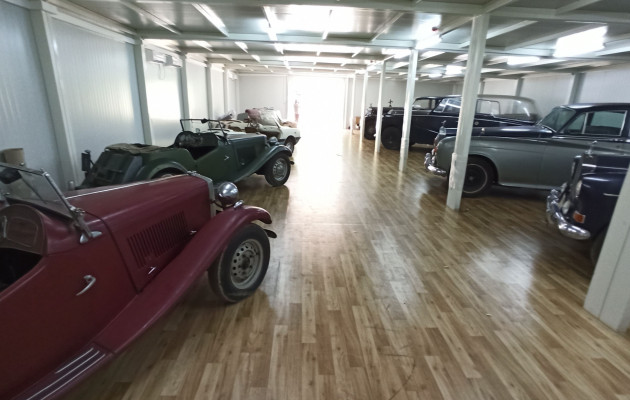
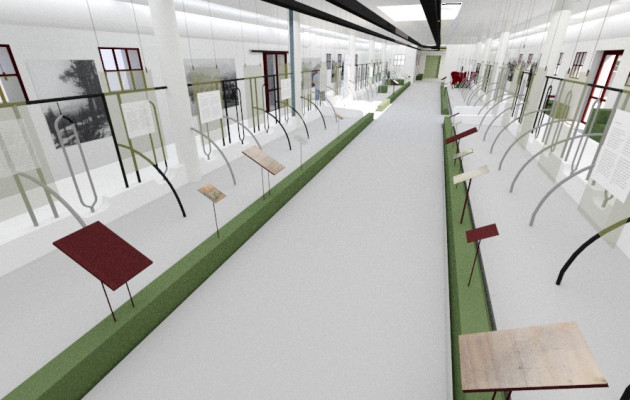
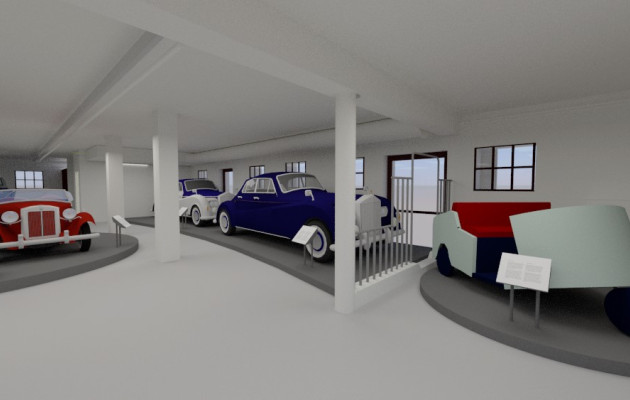
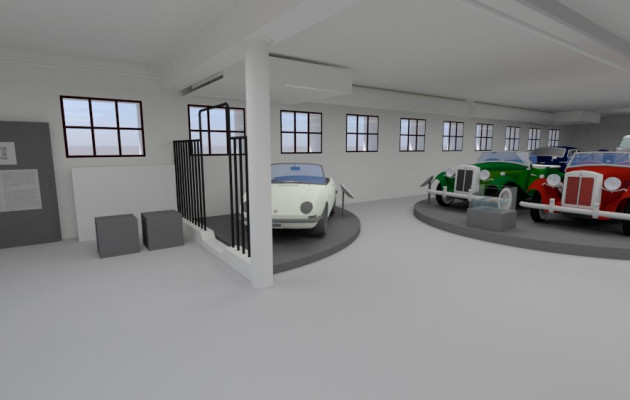
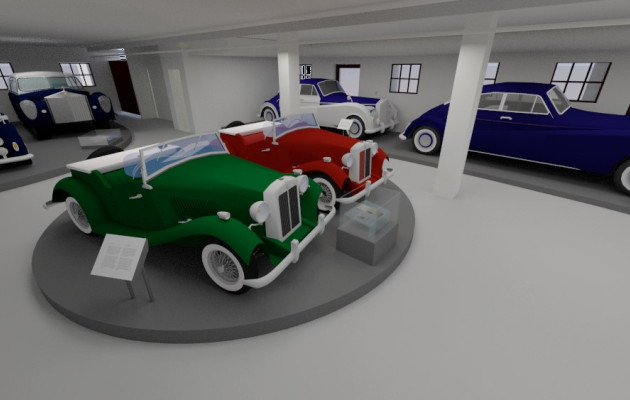
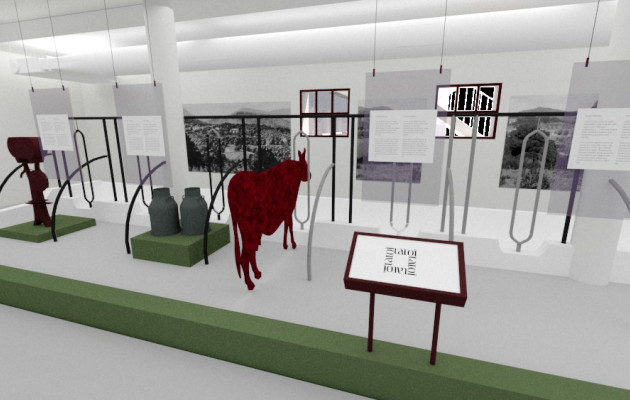
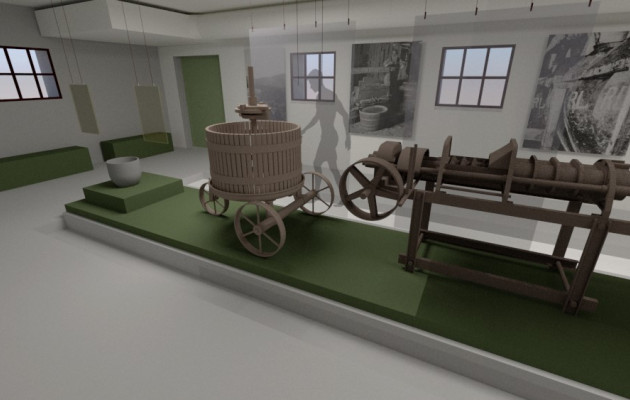
In the independent royal car exhibition section, eight cars will be on display: A white Fiat 500™, two MG™ brand cars, four Rolls-Royce™ cars and an electric Victor, out of a total of 10 royal cars designated as monuments. In the same section, the driver’s licenses of Pavlos and Frederica and photographic material are displayed. On the floor, as an independent unit, a multi-purpose room is set up for events and interactive parts of the exhibition. The immediate surrounding area of the building takes the form of a short walk and recreation around it.
Detailed table with the characteristics of the 8 Royal cars on display.
Source :Skai
I am Frederick Tuttle, who works in 247 News Agency as an author and mostly cover entertainment news. I have worked in this industry for 10 years and have gained a lot of experience. I am a very hard worker and always strive to get the best out of my work. I am also very passionate about my work and always try to keep up with the latest news and trends.


